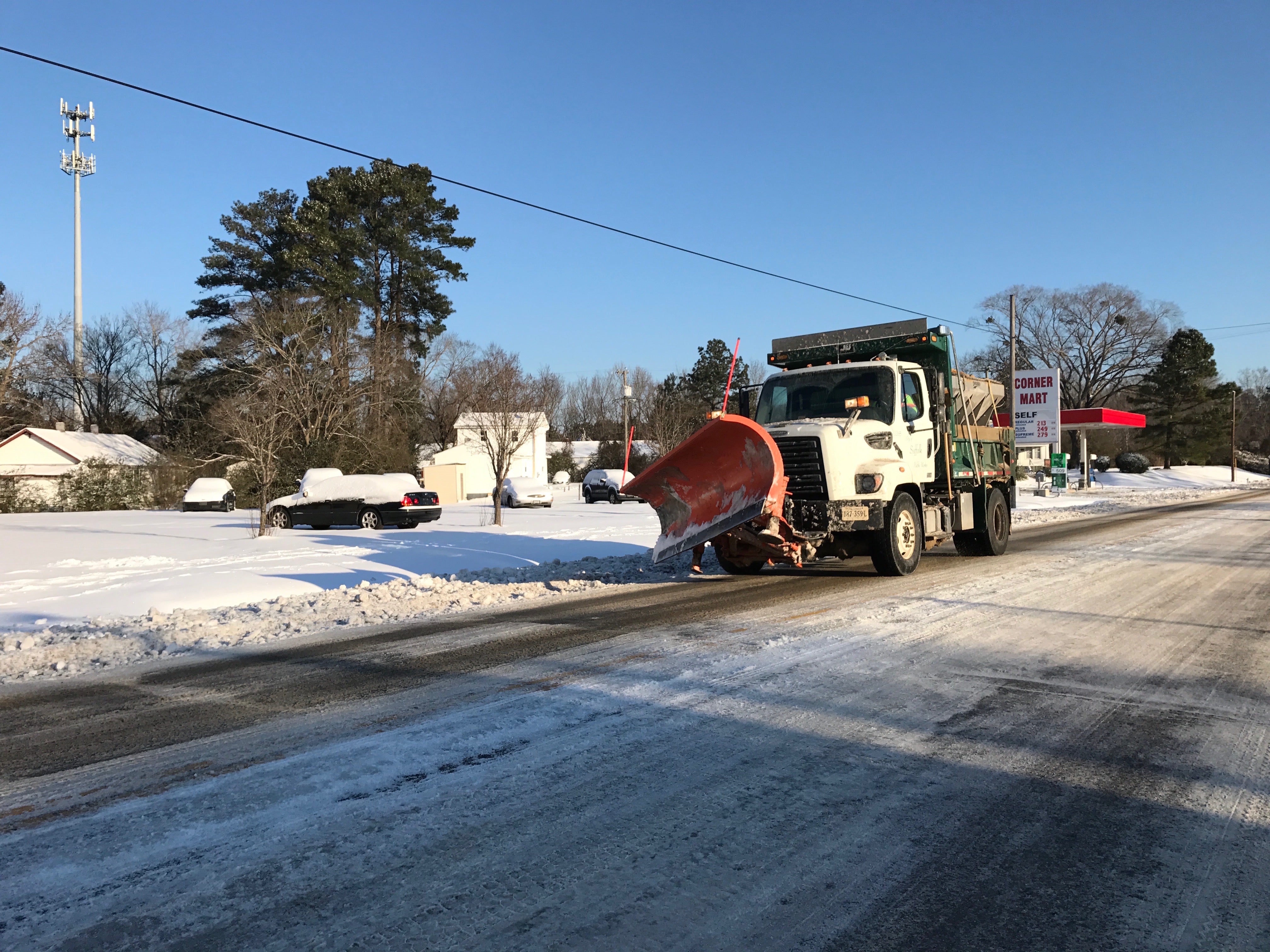How safe are inflatable life jackets?
Published 12:00 am Monday, June 6, 2005
Last week’s column looked at the history of more traditional life jackets, starting with mere wood and cork homemade versions, then moving to the highly sophisticated designs of 2005, looking at every major advancement. This week we look at a different type of life jacket – the Inflatable.
Before getting into the specifics let me paint a quick mental picture for you. How many readers have walked through a discount mega-store’s toys department and have seen the cheaply made blow-up inflatable &uot;life jackets&uot; which are packaged in &uot;squares.&uot; Not approved by the Coast Guard these are usually very colorful, but are not the type of &uot;inflatable&uot; that I am writing about this week. They are however fun toys for wadding pools.
The &uot;Inflatable&uot; life jackets, which I’m focusing on this week were first approved by the United States Coast Guard in 1996. Designated for water enthusiasts 16-years and older, and weighing more than 80 pounds, these jackets were a true revolution in the United States, even though overseas they have been used for years before. Approved as a Type III , &uot;inflatables&uot; are easy to wear, especially in high humidity weather like we have here in Suffolk.
The BoatUS Foundation’s online course describes recommended maintenance actions to help ensure your inflatable life jacket is ready when you need it. (http://www.boatus.com/onlinecourse/documents/SAFETYEQUIP.html)
First and foremost, readers need to understand that this type of life jacket has
more maintenance requirements, on a more frequent basis, than inherently buoyant life jackets. Here is what the BoatUS Foundation recommends:
First, check the status of the inflator to be certain cartridge is properly installed.
Second, check for leaks every two months. Inflate life jacket orally and leave it overnight to check for leaks.
Immediately replace any spent CO2 cartridges with new ones.
Frequent users of inflatables should check them often, especially if used around sharp equipment like fishing gear.
Remember that these are not recommended for people who can’t swim or are poor swimmers unless the inflatable is already fully inflated and properly worn.
Additionally, they are not recommended for use where water impact is expected, like water skiing or riding a jet ski. The impact from a spill or fall can significantly damage them.
Until next week – Boat Safe, Boat Smart.
Joe DiRenzo is a member of the U.S. Coast Guard and lives in Suffolk. He can be reached at j.direnzo@charter.net.



